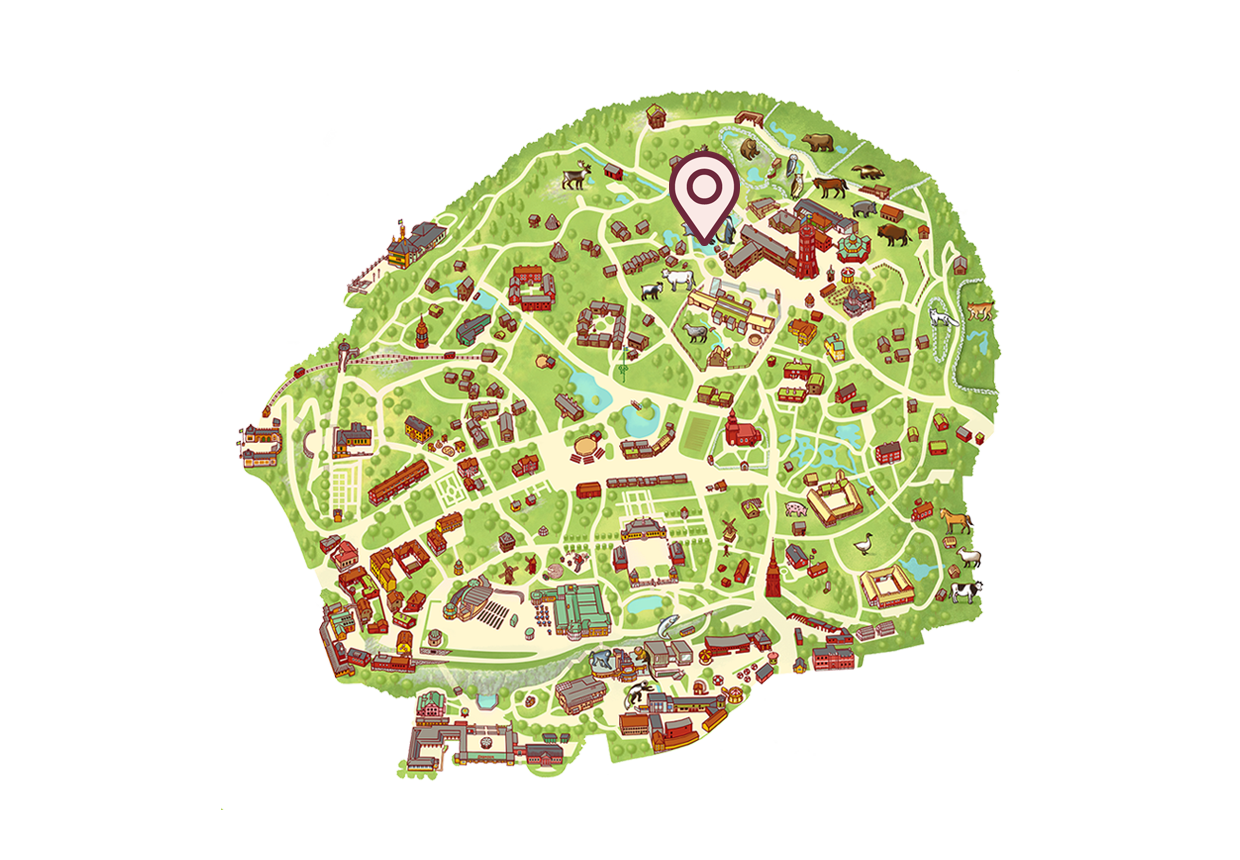- Grey seal
Grey seal
The grey seal is the largest and most common seal species to be found in Swedish waters. It is an excellent diver, and can even sleep under water. The female gives birth to just one pup per year, meaning that the number of grey seals in Sweden is only growing slowly. When it is born, the cow has white, woolly fur.
-
The grey seal – Sweden’s largest seal
The grey seal is well adapted to life in the water, and can dive to depths of several hundred metres. To withstand the high water pressure at these depths, the seal has ribs that can be pressed together without damaging its internal organs. It can stay under water for up to 20 minutes, and even sleep under water.
Males are often dark grey, brown or black in colour with pale spots, while females and juveniles are light grey with dark spots.
-
About the grey seal
Scientific name:Halichoerus grypus
Order:Predators (Carnivora)
Family:Earless seals (Phocidae)
Weight:150-300 kg
Length:180-250 cm
Sexual maturity:Female 5 years, male 6 years
Breeding season:Spring
Gestation:11 month
Number of young:1
Lifespan:Approx 40 years
Eats:Fish
Distribution in Sweden:Baltic Sea, North Sea
-
The male grows up to three metres long and can weigh around 300 kg. Females are smaller, growing up to two metres long and weighing 200 kg.
In Sweden we have three species of seals: the ringed seal, the harbour seal and the grey seal. The grey seal is the largest of these. The head of the grey seal is cone-shaped with a straight, flat forehead and a longer nose, while ringed and harbour seals have more dog-like heads.
The grey seal’s Latin name also reflects its head shape. Halichoerus grypus comes from the Greek words halios (from the sea), khoiros (pig) and grupos (hook-nosed), and therefore translates as ‘hook-nosed sea pig’.
Eats seven kilograms of fish a day
The grey seal mainly feeds on various shoaling and bottom-dwelling fish such as herring, eelpout and flatfish, but also eats salmon, whitefish and cod. Herring and Baltic herring are the most important food sources for the grey seal throughout its life. On average, an adult grey seal eats seven kilograms of fish per day, but the amount varies depending on the season. The seal eats the most in late summer, when it builds up its blubber in preparation for autumn and winter.
Seals have well-developed sight, hearing and touch, but a poorer sense of smell. Seals’ eyes are generally large, with a retina that is adapted to low light conditions. They have up to 50 whiskers, which are very important as they enable seals to sense their way towards various bottom-dwelling creatures such as crustaceans and mussels – even in total darkness and murky waters. Researchers have shown that seals also use their whiskers to sense vibrations from swimming fish up to 180 metres away. They can even determine the type and size of fish.
Our seals here at Skansen eat good quality fish that is MSC-certified. MSC certification means that the fish is caught with care for the marine environment. Find out more about Skansen’s environmental work.
An only child
The grey seal only gives birth to one pup per year, meaning that the number of grey seals is only growing slowly. In the Baltic Sea, pups are born in February and March. The female prefers to give birth on the drift ice, but if there is insufficient ice she will seek out islets and skerries.
When it is born, the pup has white, woolly fur and weighs about ten kilograms. Seal milk is fattier than cream, increasing from about 40 percent fat when suckling begins to about 60 percent at the end. In just three weeks, the pup can weigh 40–50 kilograms. The female, who has no time to eat while the pup is suckling, can lose 60–70 kilograms in weight. After mating, which takes place at the end of the suckling period, the mother leaves the pup to go out to sea and replenish her own energy reserves. This means that the pup must learn to seek out its own food. Mortality rates for grey seal pups are therefore very high during the first year of their life.
Grey seals and humans
Historically, seals have been extremely important to people around the Baltic Sea, providing them with seal oil, fur and meat. At the turn of the last century, there were plenty of grey seals and the Baltic Sea population was estimated at 88,000–100,000 in 1906. Extensive hunting and subsequent major problems with environmental toxins in the 1960s that destroyed the seals’ reproductive capacity reduced the population to 3,000–4,000 by the mid-1970s.
The grey seal population has slowly but surely recovered since the 1980s. Today, the species is classified as ‘Least Concern’ in Sweden. However, it is suspected that grey seals are being affected by some new form of environmental toxin, as many of them have intestinal ulcers, which is also a common cause of death among grey seals. The most recent inventory estimated that there were just over 20,000 grey seals in the Baltic Sea.
Today, only wildlife management hunting of grey seals is permitted to a limited extent, as they damage nets and fishing gear.
The grey seal is classified as ‘Least Concern’ according to the Swedish Species Information Centre’s red list.
-
Did you know
On average, an adult grey seal eats seven kilograms of fish per day.
Here you can find the Grey seal
